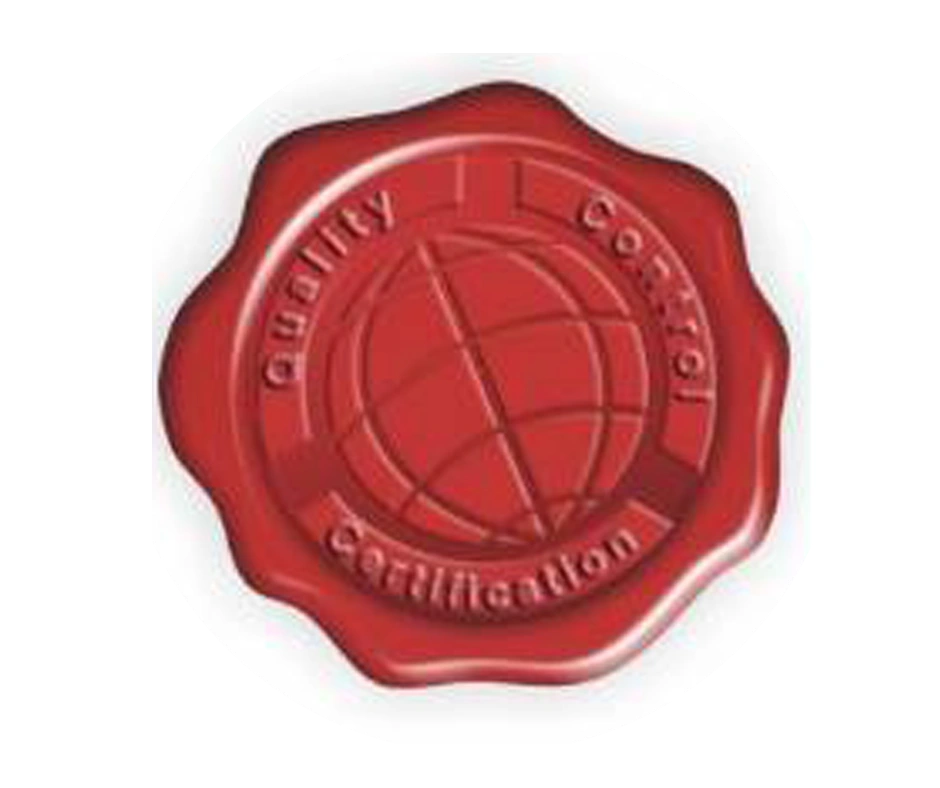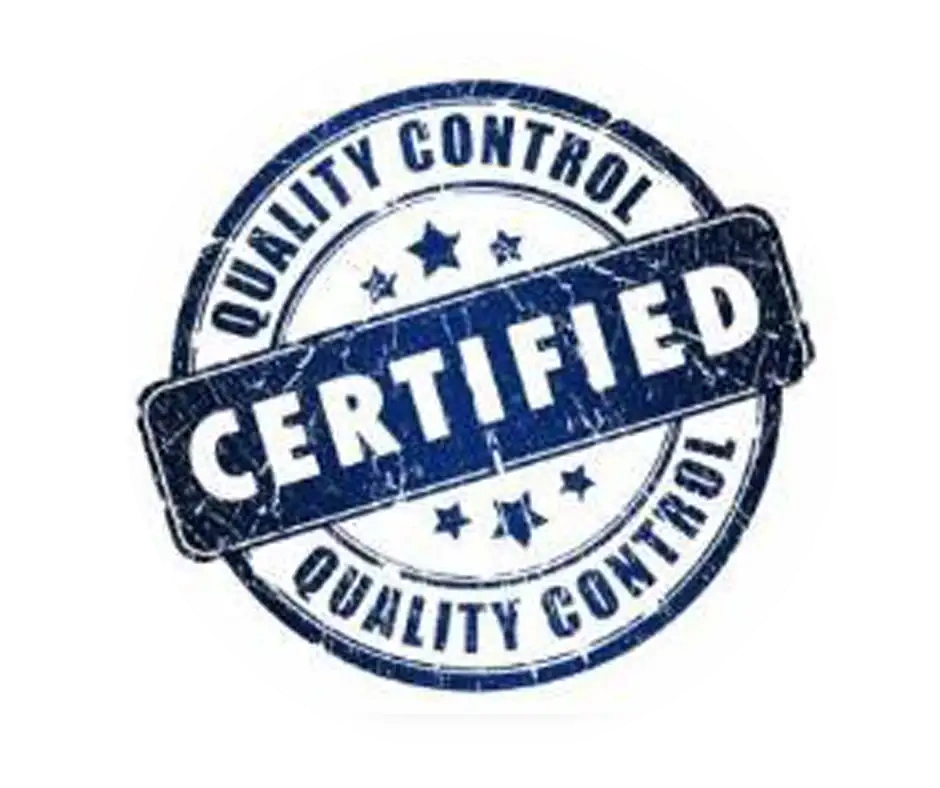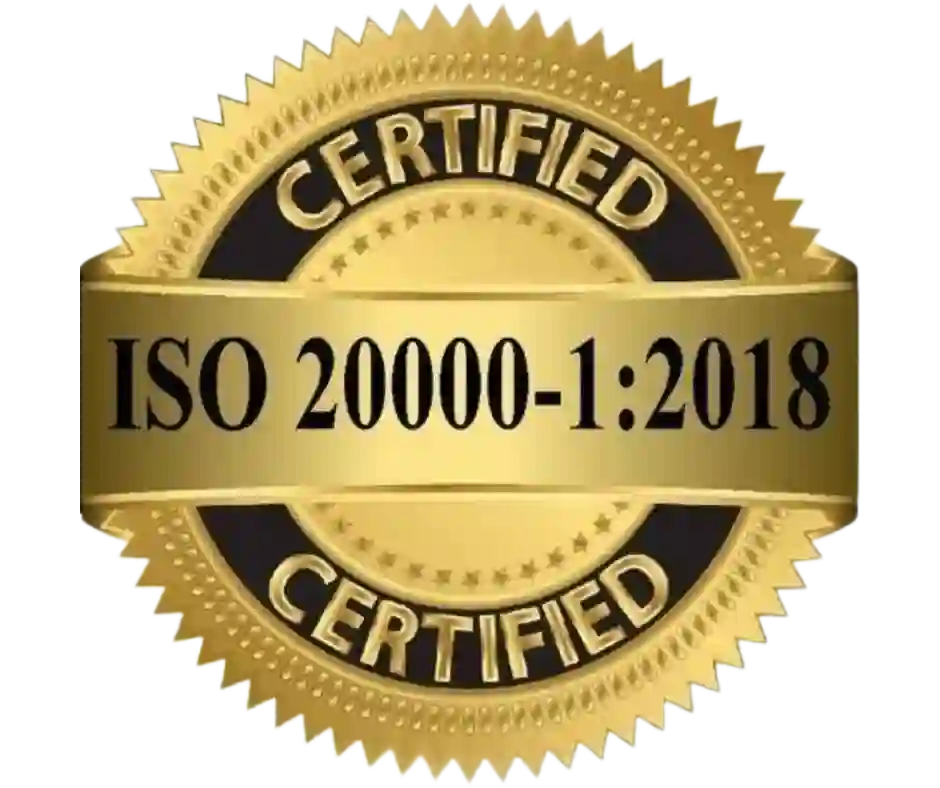Unlock the boundless opportunities presented by digital transformation and thrive in this era of rapid change.
Throughout the episode, witness how digital tools reshape our understanding, measurement, and management of work. The shift from opinion-based to metrics-based approaches is not merely a passing trend but a vital necessity in today’s dynamic digital landscape. Leaders who embrace these tools and adapt to the challenges presented will gain a competitive edge in guiding their organizations towards a successful future.
At Leader’s Perspective, our mission remains unwavering—to illuminate the path of digital transformation for leaders across industries. Our insightful discussion with Stanley has shed light on the journey towards a more efficient and effective work environment. As we continue to learn, adapt, and transform, one episode at a time, our commitment to empowering leaders with the knowledge and tools needed for digital success remains steadfast.

Ratnadeep: Welcome everyone to another insightful episode of leaders perspective, the podcast where we delve into the world of digital transformation and its impact on leadership, innovation, and growth. I’m your host and a passionate advocate for digital transformation and the co-founder of a company dedicated to harnessing the power of technology to drive change.
Today we are fortunate to have Stanley Feinstein with us. A name that is synonymous with process and project management expertise, Stanley is the president and owner of Project Remedies Inc., a company known for equipping leaders with an unprecedented view into their organization’s operations enabling transformational decision-making with Decades of experience under his belt.
Stanley has pioneered numerous initiatives in the realm of project management. He believes in the power of technology to capture work metrics that provide leaders with the knowledge they need to make strategic and informed decisions. In today’s episode, we will delve into the topic of “How Can Digital Tools Be Used To Capture Work Metrics For Leaders?”
This is an important discussion given a rapidly evolving digital landscape and who better to enlighten us than a veteran like Stanley. As you navigate this conversation we hope to shed light on the importance of metrics-driven leadership, the role of digital tools in facilitating this, and how leaders can adapt to this transformative approach. So without further Ado, let’s dive into our conversation with Stanley Feinstein. Welcome Stanley.
Stanley: Thanks, Ratnadeep.
Ratnadeep: So Stanley, let me like get into the thick of things. We have seen a seismic shift in how the digital landscape is shaping the way we perceive work metrics. How have you witnessed this change in your journey, particularly among the leaders you have worked with?
Stanley: I think the leaders for a variety of reasons don’t implement the processes necessary to capture the metrics. I can tell you stories of leaders that understand but they don’t want to manage. They think that the people are going to automatically want to do this and they don’t implement the processes because the people don’t want to do it. They think it’s just too complex but it’s not. It’s very basic stuff. It’s a very hierarchical relationship.
For example, at a very large I.T operations organization, the director in charge of I.T operations told me that he went and talked to his people (managers) and said if everybody was working hard and everybody gets exceeds expectations, how come we’re having so many problems? And that tells me that the processes haven’t put been put in place to track what is being done, how long it takes, how many people are working on it, is one team doing it better than another team or not. What are the issues?
Another example is an acquisition organization in the U.S. federal government. Everybody wants acquisition to be faster but nobody knows how long it takes. For example, a package goes into legal for a month at the Commonwealth of Pennsylvania. I asked why does it take a month. The purchasing guy I was talking to said that it goes into legal for a month.
How long did the people in legal spend on each package during that month? An hour? Three hours? Nobody knows. My argument to you is if you knew you could have a conversation about what the issues are and address the issues but if you don’t know, there’s nothing to talk about. Why is it a month? Because the leader wants it to be a month. It’s 2023, we should be able to do better than that.
Ratnadeep: Some of the facts that you said are rather strange. But I guess it is how it is. Thinking about the core metrics, leaders should keep their eyes on them. What comes to your mind and how do you see digital tools playing a role in streamlining the monitoring of these metrics?
Stanley: I was talking to a fellow the other day about documenting your processes. By the way, I used to say design your processes, that’s wrong. The people in the organization have been doing what they know. They know what the processes are. The issue is they haven’t written them down. What you have to do is write them down. And the way you do this is critical. The right way to do it is to bring the people that do the work, who know the processes.
In a conference room, a leader has a big stack of Post-it notes. The leader says to the people who know how to do it, what are all the tasks that are in this process, give them to me one at a time, write them on a Post-It note, and put the Post-it note on a whiteboard.
When all the tasks are defined then ask the people what sequence are these tasks performed in. They tell you the tasks and move the Post-it notes around so that it forms like a Gantt chart. This is the sequence that the work is to be performed in. And then you take that and you put it in a system like ours. Ours is a combination of Process Management, Project Management, Resource Management, Workforce Management, Cost Management, and more. It’s all of these technologies but then you take these processes and you put it in the system.
What’s important is that the reason that you ask them what the processes are is because the system is going to have the status of the tasks. They’re going to look at the process, they’re going to see what the process is. If you tell them what the process is, they’ll say oh you don’t know what the processes are, you haven’t been doing it for a year. I mean whatever it is, it should be right on. It doesn’t matter you have to ask and they have to recognize that that’s theirs. They’ve told you what the processes are and you’re using it.
With a system like ours, the team lead and the people and the workers that work the tasks, are the ones that use the system. We’ve trained the project manager out of it and let the system automate it, using the template to automatically generate the project plan. What’s important about that is from a consistency standpoint if you have. I was talking to a company the other day, they have eight or nine thousand people all over the world doing the same type of work all over the world.
How do you want to be able to compare performance in each of these areas and each of these locations? To compare, the plan has to be the same. If it’s different, then it’s hard to compare. You want it to be the same. So by using the template to automatically generate the project plan, a whole bunch of things happen. One is you eliminate the need to train people on the plan because the system is generating the plan. they don’t have to know the plan and that’s critical. Because how?
Again if you have eight or nine thousand people around the world, how exactly are you going to train these people on the plan? And when you tweak it, the plan isn’t exactly right. We need to take out these stats and put in those tasks and change the sequence a little bit. How do you retrain them? The answer is to automate.
Automate the process as much as possible. That’s what we’ve done. Automation is the key. You have to make it easy.
Ratnadeep: With automation comes transformation. So every transformation comes with its own set of challenges. When leaders favor a metrics-based approach aided by digital tools, generally what are the roadblocks they might encounter, and how do they steer clear of these obstacles?
Stanley: The major roadblock is that people don’t want to give them the information. Early on, I called on a division of User Aircraft Company, where Linton guidance and control systems, where the guy said, “I’m developing knowledge, I’m working at the edge of science. How am I supposed to predict how long this?” And his boss said bologna, “You’re not working at the edge of science.” They come up with every excuse. But the main is to not communicate.
What we’ve done and some people just say screw it “I’m not going to do it”. What we’ve done in our system is when the system creates a project plan you have a planned start date and a planned finish date for each task. So we’ve added this robust escalation and notification capability. During implementation, we set up a hierarchy of notifications.
For example, the day before a task is supposed to start you notify the person responsible that they have a task that’s supposed to start tomorrow. If they don’t start the tas the day after, you notify them again.
And by the way, every time you do this, you log it in an audit log field. You notify them again that it was supposed to start yesterday. If they still don’t start, you know you notify the person, the manager, and the VP or the commander. Whoever picks up the phone and says, “Hey, why am I getting these emails?” ‘How many emails do I get, ‘why am I getting this one, ‘what’s going on down there’.
My argument to you is that as soon as they make that call within five minutes everybody in the organization knows that the leader knows what’s going on. That’s when transformation happens.
I can’t tell you how many conferences I’ve been at where a two-star general, a major general of the army says I want to change the culture. What exactly are you gonna do to change the culture? You got to do something. And by the way, we do this on the start date of a task. We also do it on the end date of the task. So nothing can just drag on or we’re going to forget about it. Because all these emails are going off. The project has to end and the goal of course is to finish more projects on time and within budget.
I used to say that leaders are interested in three things about projects. Are they going to finish on time and a budget? That’s not true. Yes they’re interested in those three things but they’re also interested in the “Are my people in many other things? Are the people working to the standard? Do we have our staffing correct based on the demand? Do I have visibility?” All kinds of things and many more. We have the slide that lists a whole bunch of things that the system tells you that leaders are interested in.
Ratnadeep: That’s quite insightful Stan. So, Stanley, your work has made significant strides in reshaping the work metrics landscape. Could you share a case study or an example where leveraging digital tools truly made a difference in managing work metrics and in turn led to a positive transformation?
Stanley: Sure. Our first customer was a New York city-based Financial organization. They had 250 people in network operations. The quality guy would find out about a project after it started or didn’t know it had started. Something happened and he got a message. The others had hundreds of projects going at one time.
So they had been using Microsoft Projects. The weekly team meeting used to last three and a half hours. It took a couple of months to document their processes. They licensed our software as part of a Six Sigma project so we spent a couple of months documenting our processes and we tied each process to the service in their service catalog.
When someone called for a specific service, automatically, at network speed, the system used the template connected to that service and generated a project plan, notified the first person- a field tech, that they had a new task. They approved the project and started working on the task. The person would be notified that they had a task, status the task, and entered their time against the task. We added a connection to their asset management system so they could click on a button and update the related asset and update the asset record.
The second week after starting to use our system, the team meeting that had taken three and a half hours took 30 minutes, and the workers decided to change the name of the product. They decided to call it “No Excuses”. What we’ve learned was that everybody had work visibility. When the customer called and asked, “Do you know it?” I don’t have the tone of voice that the customers have. But when the customer asks do you know what’s going on on Project 247? With our system, the answer is yes. That’s the key.
We learned that the people held themselves accountable. And the leadership had the metrics needed to affect change. I’ll never forget it, one of the guys there told me that at the end of a two or three-day management meeting, the summary is that there are three things that you can do to affect change.
You can retrain the people, you can change the process, or you can fire the people. He said that today you need the metrics for all three. Because if you go up to somebody and ask, “Are you working efficiently?” They look at you like you are nuts and say “Of course.”
And my argument is that’s the wrong question. The question is “Is the team working efficiently to get through the process?”. See, the combination of Process Management and Project Management with these other capabilities is very important in solving the whole problem. You can’t do it piecemeal. It’s tough. Everybody has to be involved. When I go to leaders and tell them that they’re going to get pushback, they say “Not a problem.” We know we’re going to get pushed back and we can handle it.
Ratnadeep: Well, one thing is clear Stan. Leaders are, more or less, very receptive in terms of getting feedback. Even your platform does that, it gives them enough insights, and enough proof to get their work done or elicit enough information from that particular platform. So I understand what you’re trying to say.
For a data-driven culture to thrive like the one example that you just provided, team members must be actively involved. How can leaders foster an environment that encourages teams to not just use but engage with these digital tools? Especially I’m talking about engaging with digital tools.
Stanley: The tools have to provide valuable information to the leader. The leader has to be involved. With any system of leadership or sponsorship, it is critical to success. And with this transforming the organization, making the processes more efficient, leadership has to be involved. So the system has to provide the leadership with the information that they want. And by the way, there are two metrics that the leader wants to know. What is the duration of the task and how much time has been spent during that duration? Those are the questions, the two key metrics.
If you know that the task lasts a month but the people only spent three hours on it during that month, you can have a conversation about improving efficiency. If you know that the task lasts a month, it doesn’t tell you that. The system has to engage the people. We did a pilot at a large government agency and at the end, the head of this group talked to his deputy and said, “How often do you look at this system that they had in place?” And the guy said, “Gee, I don’t remember when.” The leader too didn’t remember. That means it’s not providing the metrics necessary for the leader to be effective. You have to engage the leader.
And by the way, this hierarchy of notifications that I talked about, engages the leader. The leader has a critical role to train transformation. He can’t dictate this. My mom used to say that to make chicken soup you have to put the chicken in the pot. You can’t wave the chicken on top of the pot. You have to be involved. If you want an effective transformation, that’s surely one of the requirements.
Ratnadeep: I’ll just get to the point. The role of AI and machine learning is becoming increasingly prominent in digital transformation. How do you foresee these technologies further redefining the metrics landscape for leaders in the future? I understand that this may not be the right time to discuss this but at least from the future perspective, I’d like to understand.
Stanley: I think there’s a role in project management. You have to have the experience for the machine learning to take place. If the project is late and you want to create a turnaround plan with the knowledge that the system has gained, you can use AI to predict- this might be the approach you want to take for a workaround plan.
We have to crawl before we walk and walk before we run and AI is way way down the path. When you talk about robotic process automation, for example, robotic process automation is a series of tasks worked in a certain sequence performed by a computer in seconds, hopefully not too many minutes. Our system addresses a series of tasks worked in a certain sequence performed by people in hours, days, and hopefully not too many weeks, and months.
There’s the parallel and technology people like to talk about technology. So let’s see if we can do something to let the computer do something faster. But that’s not transformation. That just doesn’t do it for me. You have to get involved and you have to have the organization be more effective.
When you have consistency in the organization, it’s really important. I had a job once and we had this project management system and we sold it to a chain of restaurants up in Carpinteria. We had just sold it and we were going to go up the next day and do user training. And we used to do user training one-on-one. A consultant or technical guy would go up and work with the user and not on the system.
So I said to the sales rep, “How many people are going to be in the class in this training tomorrow?” She said “fifteen”. Jack, our technical guy is going to get killed. Walking into fifteen people, he’s planning on one. So I said we have to create these classes. And I had been a training manager.
So that night I wrote the first class and I realized that we needed five classes. So I went up the next day with Jack and I gave the first class and I said there was going to be a series of classes and I laid out the classes well over the next couple of days. We wrote all of the classes and each of the people in our office branch practiced presenting all of the classes. Then one of my customers calls me one time and said, “I enjoyed working with your company.” and I said “Thanks! But why?” He said anytime I called your office, everybody knows the product and everybody gives me the same answer.
There is consistency. They know.
So how did that happen? It happened because we had these training classes and I had everybody given the classes, so they knew the answers. The customer gains confidence when there’s consistency in the answer.
I can give you another example. I visited a bank in the Salt Lake City airport and I talked to the VP who was interested in our system. I learned that they already had a system where the person in IT could create a project plan on the Fly easily. And I said, “Well, what’s wrong with that?” She said let me give you an example. (This is her example) She said somebody in one of her departments calls three times and they talked to three different people.
And each time they say we have a new employee. She said the first person creates five tasks, the second person creates ten tasks, and the third person creates fifteen tasks. And I can guarantee you that two things are going to happen. One is, in IT everybody’s going to run around because they don’t know what the process is.
And the other thing that’s going to happen is, that guy who called, is going to tell everybody he knows, that IT is screwed up. “I called three times. I said the same thing. One person created five tasks, one person ten, and one created fifteen, they don’t know. They’re screwed up.” And I thought, yes absolutely. So how do you build customer confidence? Define your processes, implement your processes, and give consistent answers.
Ratnadeep: So one thing that is trending currently is ChatGPT. I’m sure you’ve used chat GPT. I have been using ChatGPT. And I would like to understand your views on ChatGPT and how it can have a transformation effect on all businesses at this present moment.
Stanley: I think it’s a great tool but it doesn’t lead to confidence. You’re questioning whether the answer generated is the right answer and you think it’s a shortcut but I don’t think it’s a shortcut. I think you have to know what the answers are. You have to do the work. That’s why I said you have to engage. The best way to document the processes is to engage the people that know what the processes are and write them down. When that person retires, you have the intellectual property, you know documented.
When you outsource to an organization, the organization doesn’t know how you do it. This is the way we do it. When you hire a new person, what they want to know is how you do it. So documenting your processes has a ton of benefits. I think ChatGPT is very cool but at the end of the day, it’s not helpful to think that this is going to be a shortcut. Again, all you have to do is screw up once and the customer doesn’t have any confidence.
Ratnadeep: I agree. Thanks for a different take on ChatGPT. Everybody has been following the bandwidth so it’s a different perspective. So Stanley we’re close to winding this up but I have a final question for you. If a leader is at the starting line of their journey to integrate digital tools into their work metrics, what wisdom would you impart to them based on your experience and learning?
I’m talking more from the perspective, let’s say a particular organization is hesitant about whether they should adopt digital tools or not for transforming their organization. So I would like an Insight from your end on what kind of thinking they should have as a starting point.
Stanley: The first thing they have to do is identify the toughest problem area and document the processes. They have to do is engage the people. First of all, you have to say, “Hey listen. Budgets are going down, and costs of going up. We need to affect change. Bring everybody together. This is the reality.” And then put together a Six Sigma project or some kind of a project that starts with engaging the people to define the processes.
Because you have to become more efficient, you have to have more consistency and more repeatability. And that comes from starting with ‘What are the processes? How do we do it?’. That’s the way I would start. Or call me and we’ll come down and help you do that. That’s the first step.
Ratnadeep: What a way to end it. So that’s a wrap on another enlightening episode of Leader’s Perspective. I want to extend my heartfelt gratitude to Stanley Feinstein, a true Pioneer in the world of crosses and project management, for sharing his valuable insights today. His extensive experience in using digital tools to capture work metrics and drive transformational decisions are something that we can all learn from in this conversation.
We have explored how digital tools can reshape how we understand measure and manage our work. We have learned that moving from an opinion-based approach to a metrics-based approach isn’t just a trend but a necessity in our ever-evolving digital landscape. Leaders who harness these tools and adapt to these challenges and changes will be better equipped to guide their organization into the future.
As always, our goal here at leaders perspective is to illuminate the path of digital transformation for leaders everywhere and we hope today’s discussion with Stanley has shed some light on your journey. We continue to learn adapt and transform, one episode at a time. Thank you all for tuning in and remember that the journey of transformation begins with a single step. And as leaders, that step begins with us. Until next time, keep innovating, keep transforming, and most importantly, keep bleeding. Thank you and all the best.
Download the free PDF here!
Don't forget to share the post!
Leader’s Perspective- a podcast to unearth insights from exceptional trailblazers who have been at the heart of defining strategies and execution of Digital Transformation initiatives in their careers. As organisations scurry to implement the Next Big AI initiative, the cognitive perspectives of our guests help you to find the winning mantra, or what might just save you from a pitfall. Let’s aim for collective wellbeing and implement successful data initiatives.
We’re committed to your privacy. We use the information you
provide only for notifications regarding our podcast.








